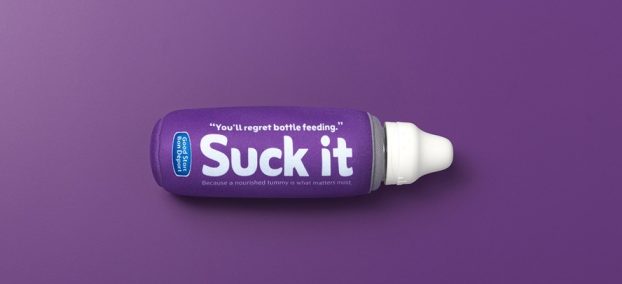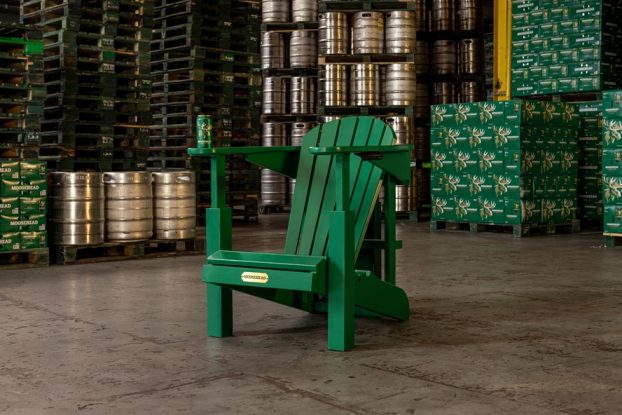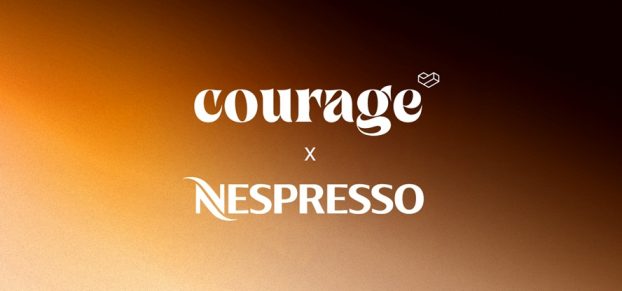Got an indie movie to promote? A new CD by the alt-rock flavour of the month? A hip-hop concert? Then wild postings are the out-of-home vehicle for you.
That, anyway, has been the traditional view of this medium. While record labels, concert promoters and film distributors have long been in the habit of slapping up posters on construction hoardings, most traditional mainstream advertisers have avoided wild postings like the plague, viewing them as little more than urban eyesores.
This, however, is beginning to change. With the likes of Kraft Canada, Lever Pond’s and Epson Canada now incorporating wild postings into their media mix, this guerrilla medium is gradually gaining a degree of respectability.
‘They give you core urban distribution and a lot of frequency,’ says Robert Brown, media group head for The Media Edge, the media management arm of Toronto-based Young & Rubicam.
As a rule, wild postings are favoured by advertisers targeting youth, an audience that can be difficult to reach by more conventional means. The Media Edge, for example, incorporated them into an outdoor campaign for Kraft Kool-Aid, first launched in summer of 1998.
‘We wanted to develop a street presence for the brand,’ Brown says.
Many advertisers, however, are still reluctant even to consider the use of wild postings. There are several reasons, Brown says – not least the fact that the audience can’t be measured with any degree of accuracy.
‘You can get an estimated audience, but it’s not audited in any real way,’ he says.
It’s also difficult for advertisers to ensure that their messages will appear in the desired locations, since postings depend on the availability of construction hoardings. And then there are the potential image problems. A board crowded with posters, after all, can very easily look junky – not exactly the most desirable environment for one’s brand message. To say nothing of the fact that, in many cases, postings are actually illegal.
Working with a reputable wild postings service, such as Toronto’s Grassroots Advertising, can help mitigate some of the potential disadvantages. A good service will, for example, check regularly to make certain that an advertiser’s postings haven’t become ripped and tattered.
Still, that’s not enough to rid the medium of the guerrilla image it has in the eyes of many mainstream advertisers. ‘Some advertisers just don’t want to be associated with that image,’ Brown says.
Many of the traditional users of wild postings, such as record labels, have also tended to favour provocative imagery, which hasn’t done much for the perception of the medium.
‘The posters tend to be pretty gritty [at times],’ says Bruce Baumann, vice-president, media director with Toronto-based Ammirati Puris Lintas, which has used postings in campaigns for the Labatt Ice brand.
While marketers targeting a young, hip crowd aren’t particularly troubled by this, it can prove a turn-off for more conservative advertisers.
‘There are packaged goods companies that are reluctant to do things that [may be perceived as] risqué,’ Baumann says. ‘There’s a certain perceived dark side to this medium.’
Nevertheless, a wider range of advertisers now take an interest in the use of postings, he says – particularly in the U.S., where the medium is beginning to catch on in categories such as fashion.
As a method for building short-term awareness, there is no cheaper option than wild postings, Baumann says.
Pallavi Sodhi, account director with Palmer Jarvis DDB in Toronto, agrees.
There’s no weekend cost, she points out. And you can luck into prime locations without paying prime dollars. The blanket distribution that is possible with posters also makes them an attractive alternative to a single-site spectacular as a means of hyping a brand.
Palmer Jarvis has used wild postings for some decidedly non-wild brands – among them Degree antiperspirant from Lever Pond’s and, most recently, Epson Canada.
The Epson campaign, which ran in June, was intended to raise awareness for the company’s new Stylus Colour 740i printer.
Because the timing was tight, and the target consisted of busy, urban consumers – graphic design professionals among them – postings were deemed the most logical medium.
The Stylus Colour 740i comes in a range of colours designed to match the popular Apple iMac personal computer. So the posters featured product images, accompanied by the tagline, ‘Hey, someone should come out with a computer in these colours.’
Ultimately, says Sodhi, what this medium does best is build hype.
‘It’s on the street and in your face,’ she says.
Also in this report:
– Gadgets and gizmos: High-tech creates new out-of-home opportunities p.21
– Outdoor faceoff p.23
– Transit ads send coded messages to teens: Use of secret numeric sequences showed Bell Mobility ‘gets’ how its pagers are used p.25























